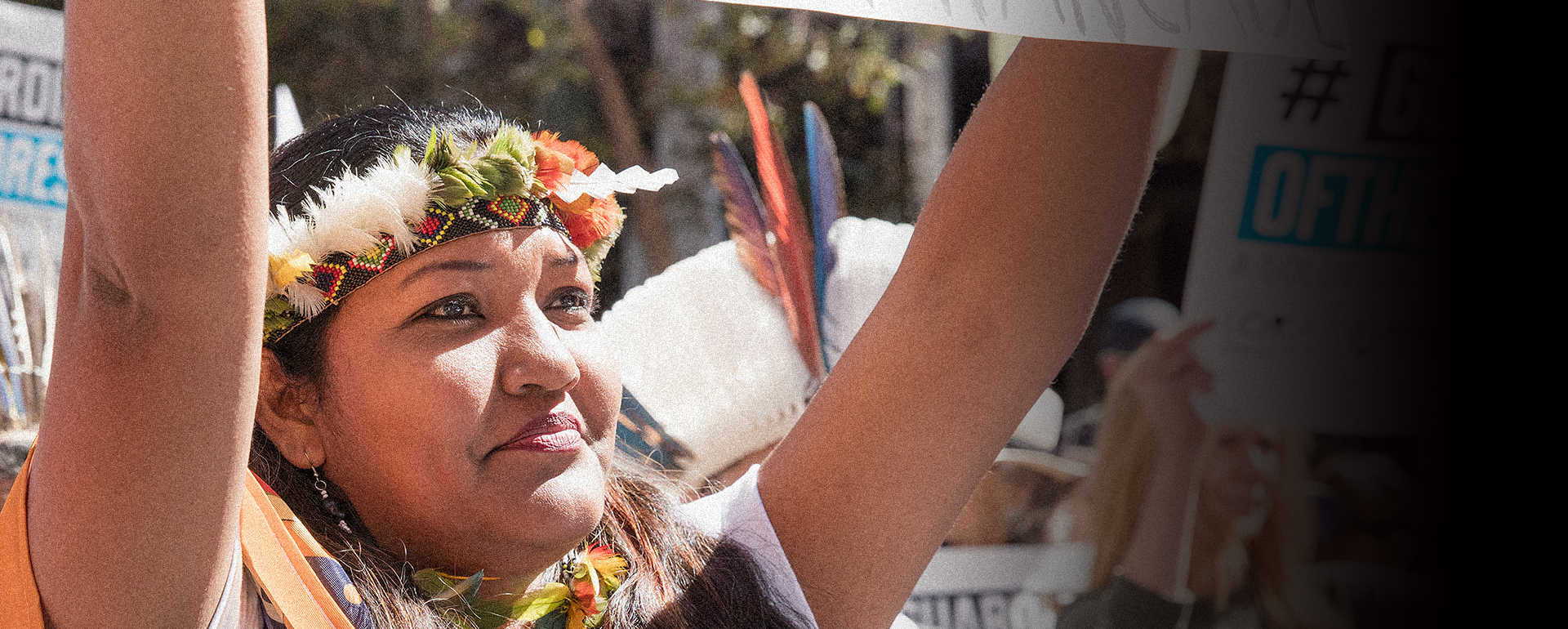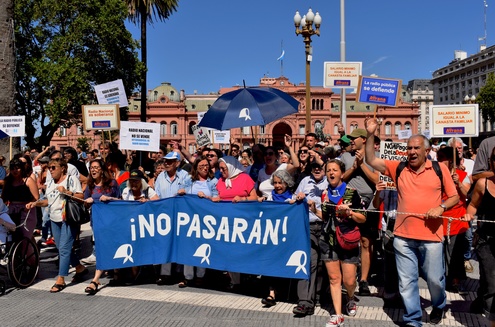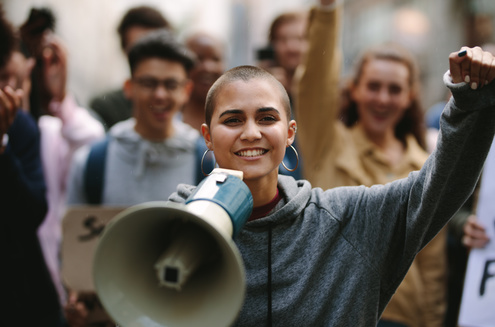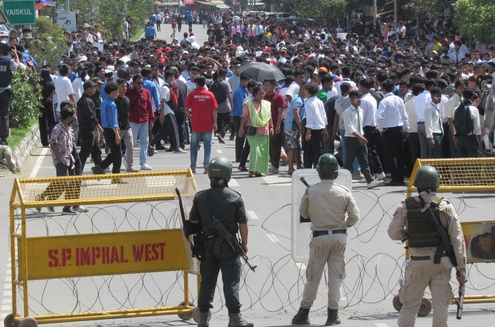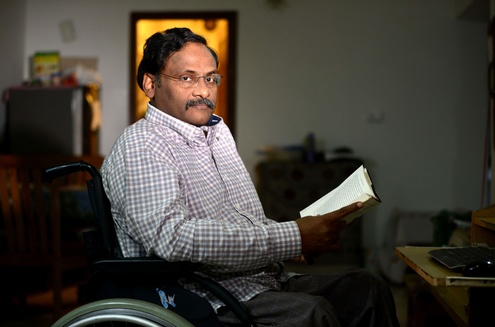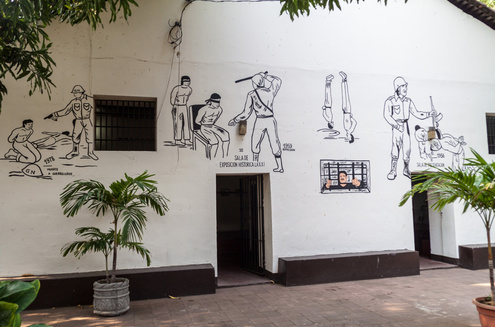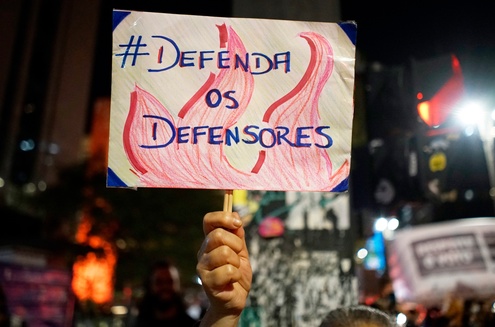In 2018, Latin America accounted for more than half of the land and environmental defenders killed around the world.
While there’s been some progress in recognising the rights of indigenous peoples, they still face serious human rights violations on a daily basis worldwide. These include attacks, killings, forced disappearances, arbitrary detentions, criminalisation, abuse of counterterrorism laws, militarisation and emergency frameworks, and of course forced evictions and land dispossession.
Indigenous human rights defenders in Latin America are the first targets of persecution and violence that amounts to torture and other ill-treatment. This happens with alarming frequency when they oppose large-scale mining, hydropower, agro-industry, and forestry projects. However, business interests are not the only factor at play. On the subcontinent, where the distribution of income and land is among the most unequal in the world, the discrimination against indigenous peoples has been rooted in deep racism since colonial times.
Torture is everywhere. It forms part of the sexual and gender-based violence against indigenous women, the forced disappearances, and the prohibition against expressing their culture and traditions when deprived of their liberty. Ultimately, the very existence of indigenous communities and their ancestral customs remains under attack.
40% of attacks against defenders were related to their work on land, indigenous peoples and environmental rights
There is insufficient research on these acts of persecution and violence, nor their consequences. Many go unreported. OMCT SOS-Torture Network members know this firsthand, particularly those from Latin America. In 2020, the OMCT brought together ten experts from eight regional countries to address such issues. The Indigenous Peoples and Torture Working Group is currently carrying out much-needed research to document and analyse the root causes, patterns and multidimensional effects of torture and other ill-treatment of first nations in the region.
One objective is to enable the United Nations Committee Against Torture (CAT) to address better the specific problems indigenous peoples face under the Convention against Torture. The provisions of the Convention are a blueprint for how to eradicate torture and other ill-treatment for all, regardless of whether the authors are State or non-State actors. The independent experts on the Committee can require States to prevent, investigate, punish and provide redress for acts of persecution and violence amounting to torture and other ill-treatment against indigenous peoples. This is vital as impunity is one of the main obstacles to ending the crimes against indigenous peoples.

Related resources
-
- Mexico
- 07.09.22
- Statements
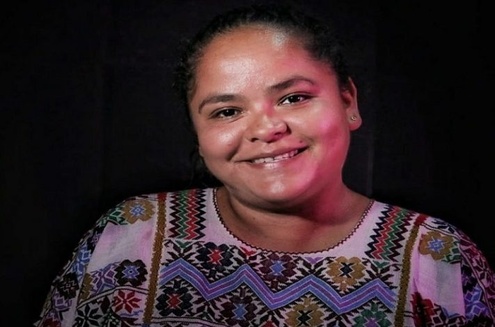 Read more
Read moreMexico: a human rights defender at risk of dying in prison
